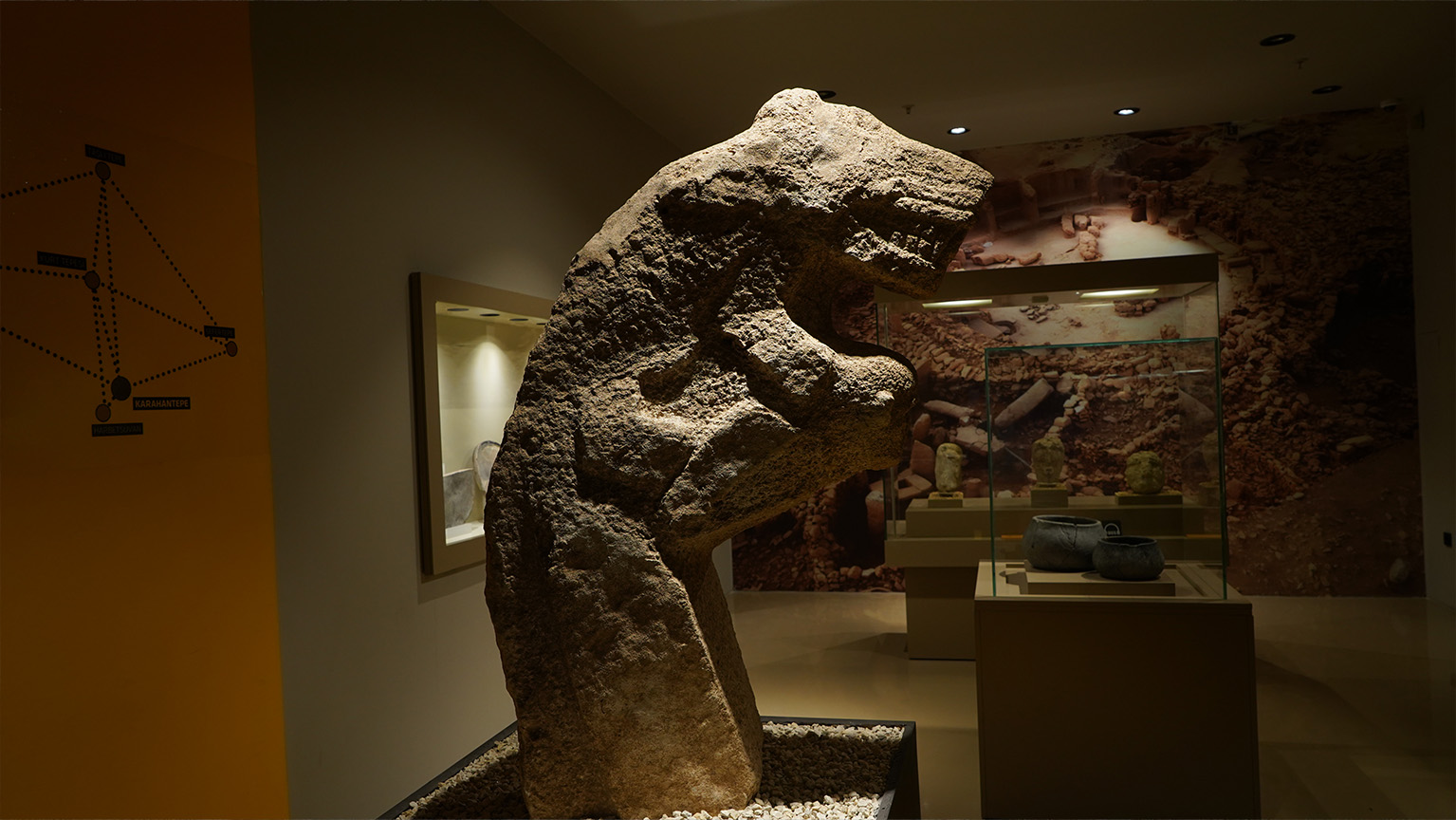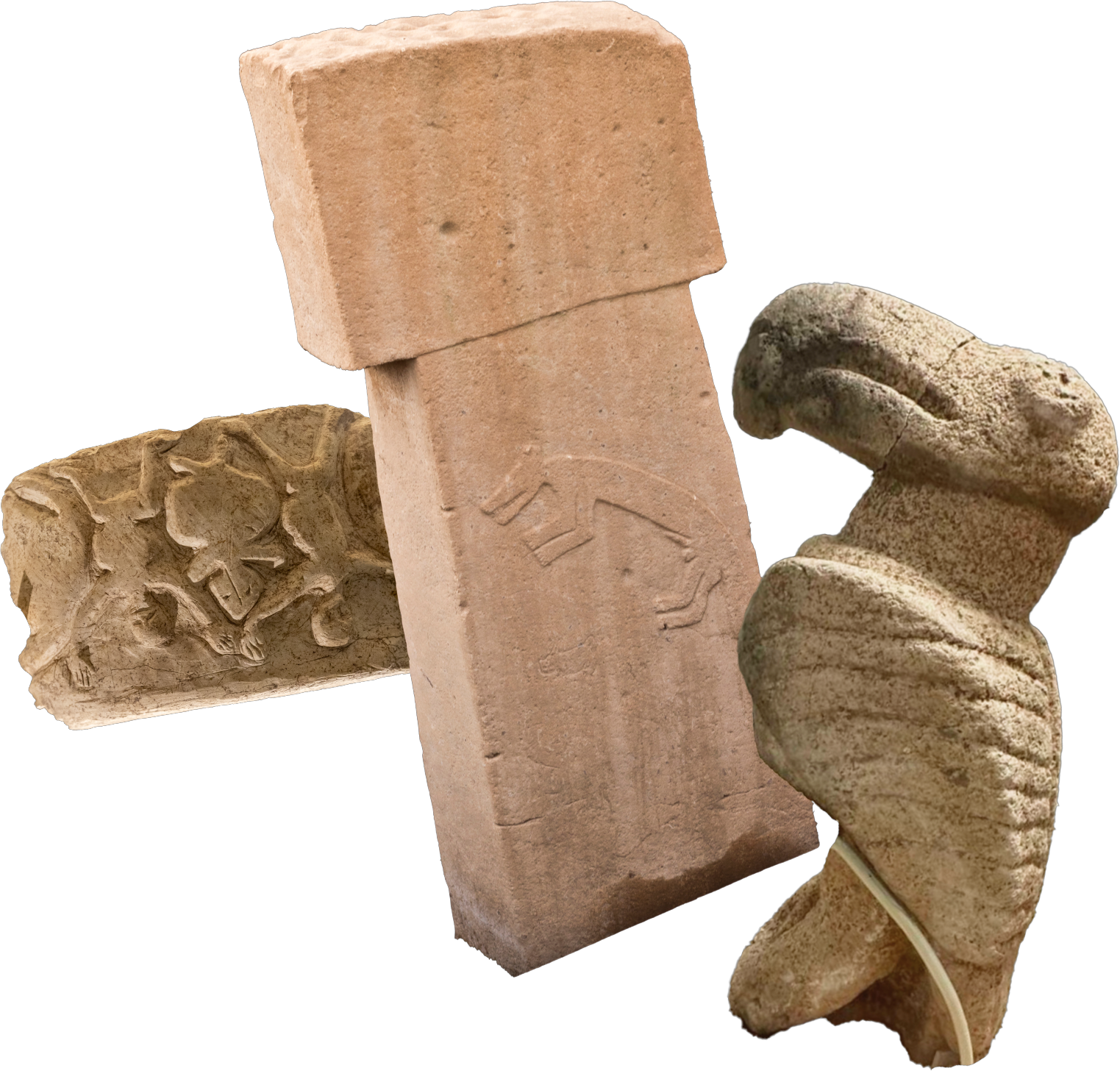1. What is Karahantepe and where is it located?
Karahantepe is a significant Pre-Pottery Neolithic settlement located approximately 55 km from Şanlıurfa city center, within the Tek Tek Mountains National Park, and is being researched under the scope of the Taş Tepeler Project. Along with other Neolithic settlements like Göbeklitepe, Karahantepe plays a crucial role in understanding the transition of humanity to a sedentary lifestyle.
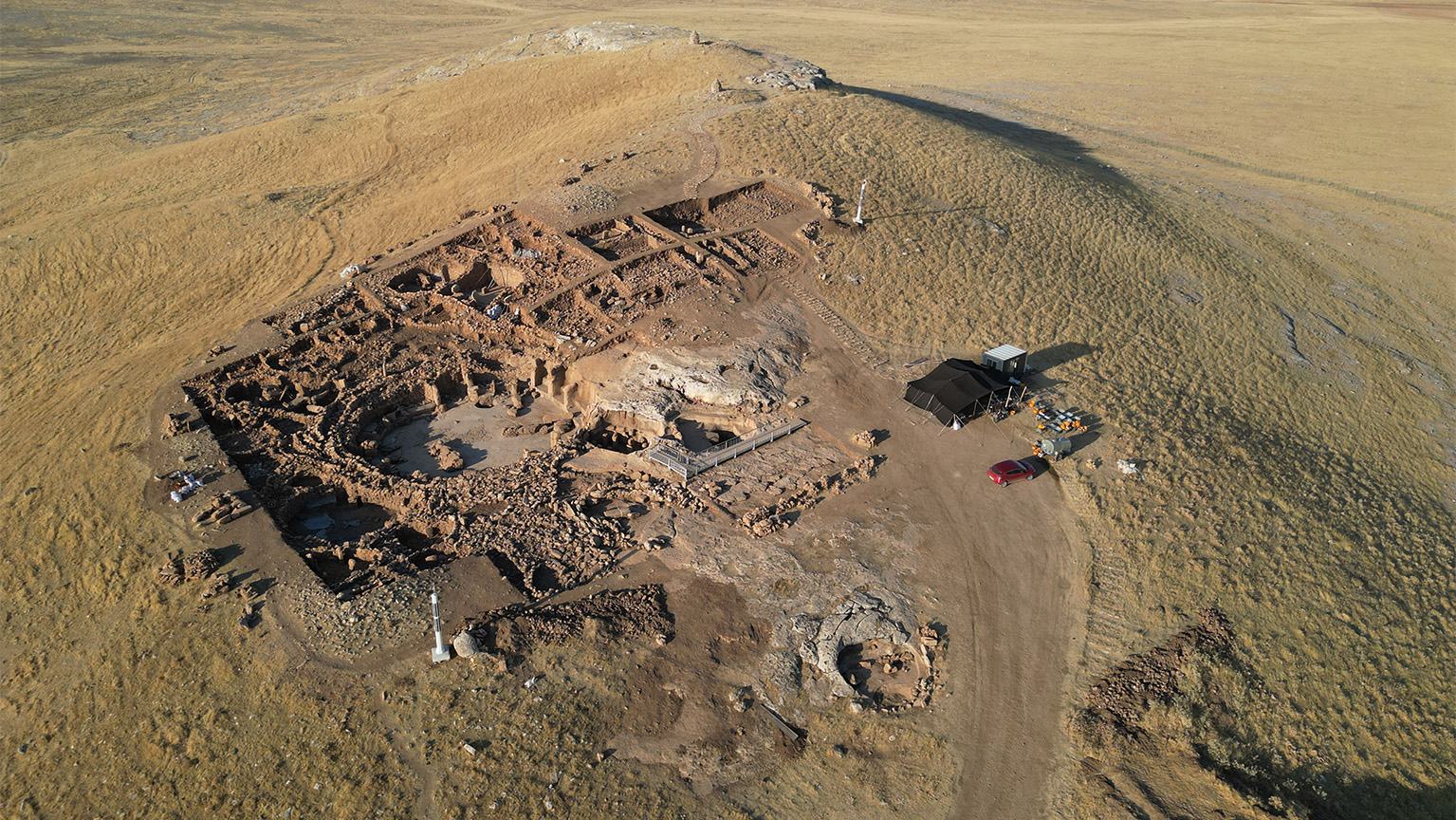
2. How was the research at Karahantepe started and what are the aims of the research?
This settlement was first discovered in 1997, and research at Karahantepe has been carried out by an international team since 2019, led by the Prehistoric Archaeology Department of Istanbul University. The researchers aim to get information on the role of special structures, understand how and for what purpose the areas in residential buildings were used, define the process of mounding of the settlement that was built on a large area, and get data on the process of domestication and transition to agriculture.
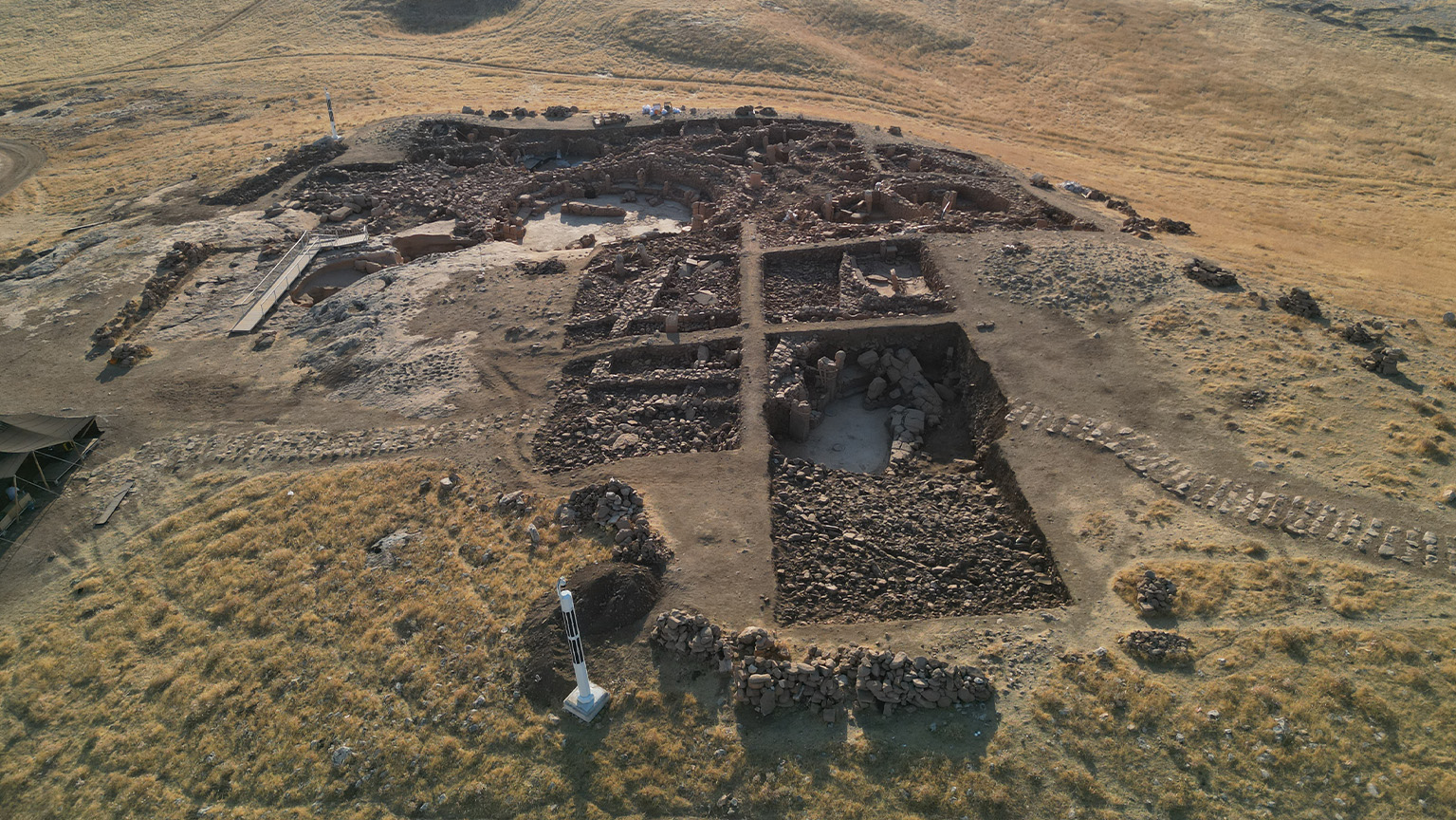
3. Why is Karahantepe important?
Karahantepe holds an important place among Pre-Pottery Neolithic settlements due to its monumental architecture, standing pillars, and stone-working techniques. The settlement presents remarkable examples of Neolithic art and symbolism.
This settlement provides significant data on the transition from a hunter-gatherer lifestyle to a settled way of life.
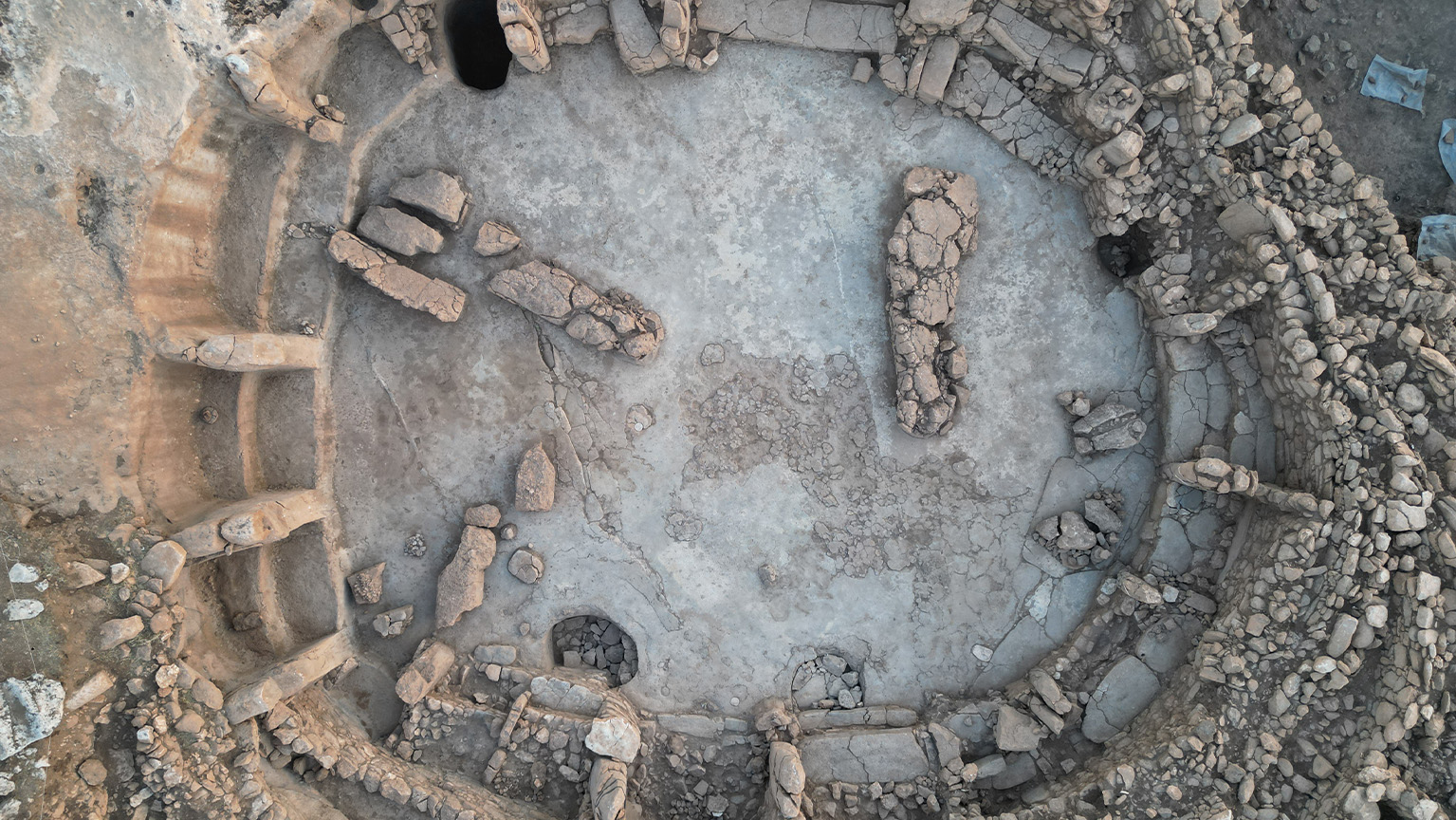
4. For what purposes were the communal buildings in Karahantepe used?
A "communal building" refers to a multifunctional gathering place that served a central role in the community, hosting large-scale social events and catering to the wider population.
Structure AD, with its monumental size, expertly crafted stone walls, and T-shaped pillars adorned with animal motifs, represents the most significant communal structure on the Western Terrace. These findings strongly suggest that the building was not an ordinary dwelling but rather a monumental structure built for special, ritualistic purposes.
Although the function of the Structure AB, another communal building and carved into bedrock is not clear, its architectural elements and entrance-exit layout suggest that this area may have been used for a ritual or initiation ceremony.
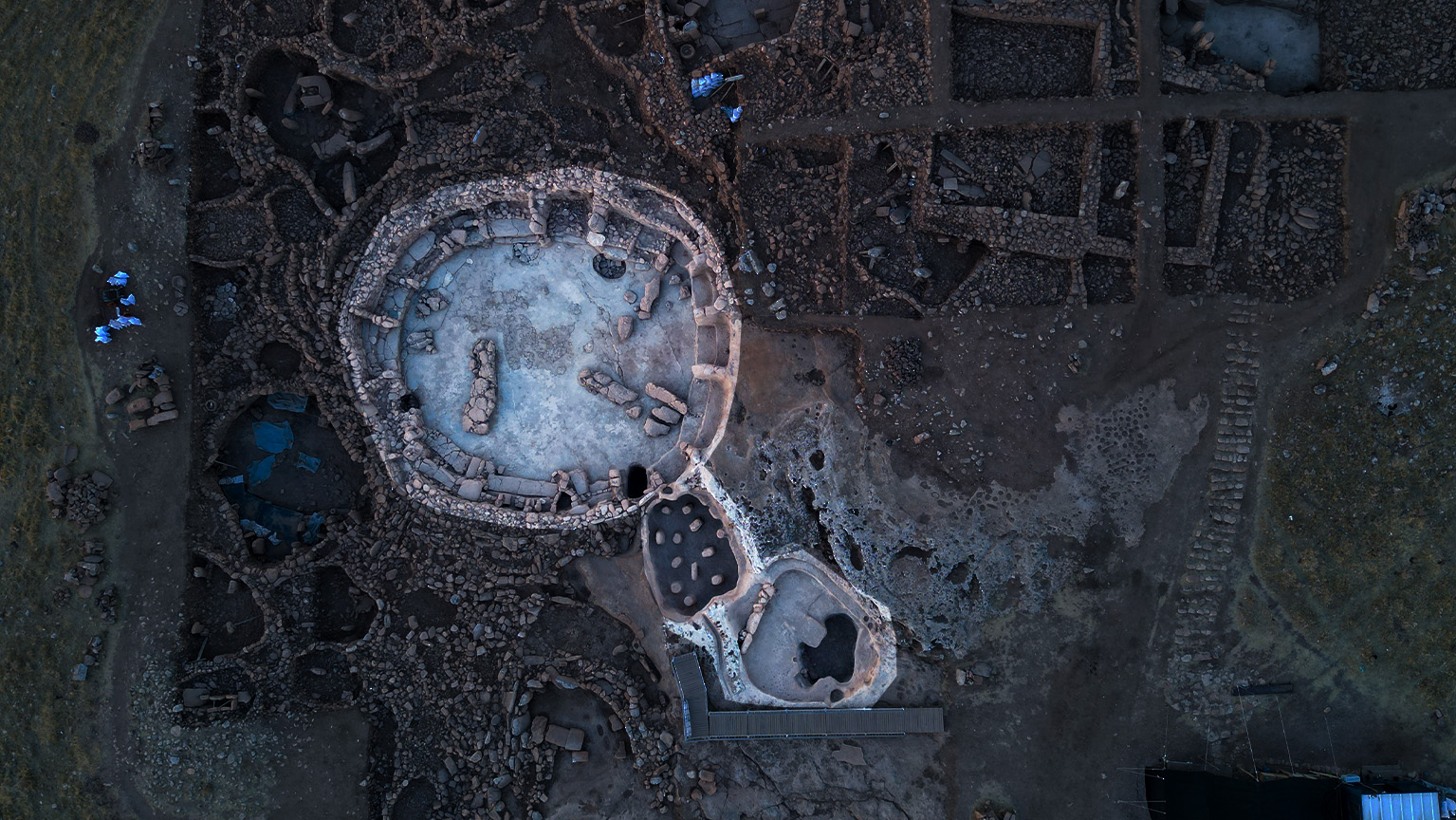
5. Were there only communal buildings at Karahantepe?
Surrounding the communal building complex at Karahantepe, there are numerous asymmetrical, round-form dwellings containing everyday items. Objects such as grinding stones and stone vessels have been found inside these dwellings, suggesting that they were used as living spaces. The researches reveal that the communities living here were not solely focused on ritual life but also left behind traces of settled life, whether they stayed temporarily or permanently.
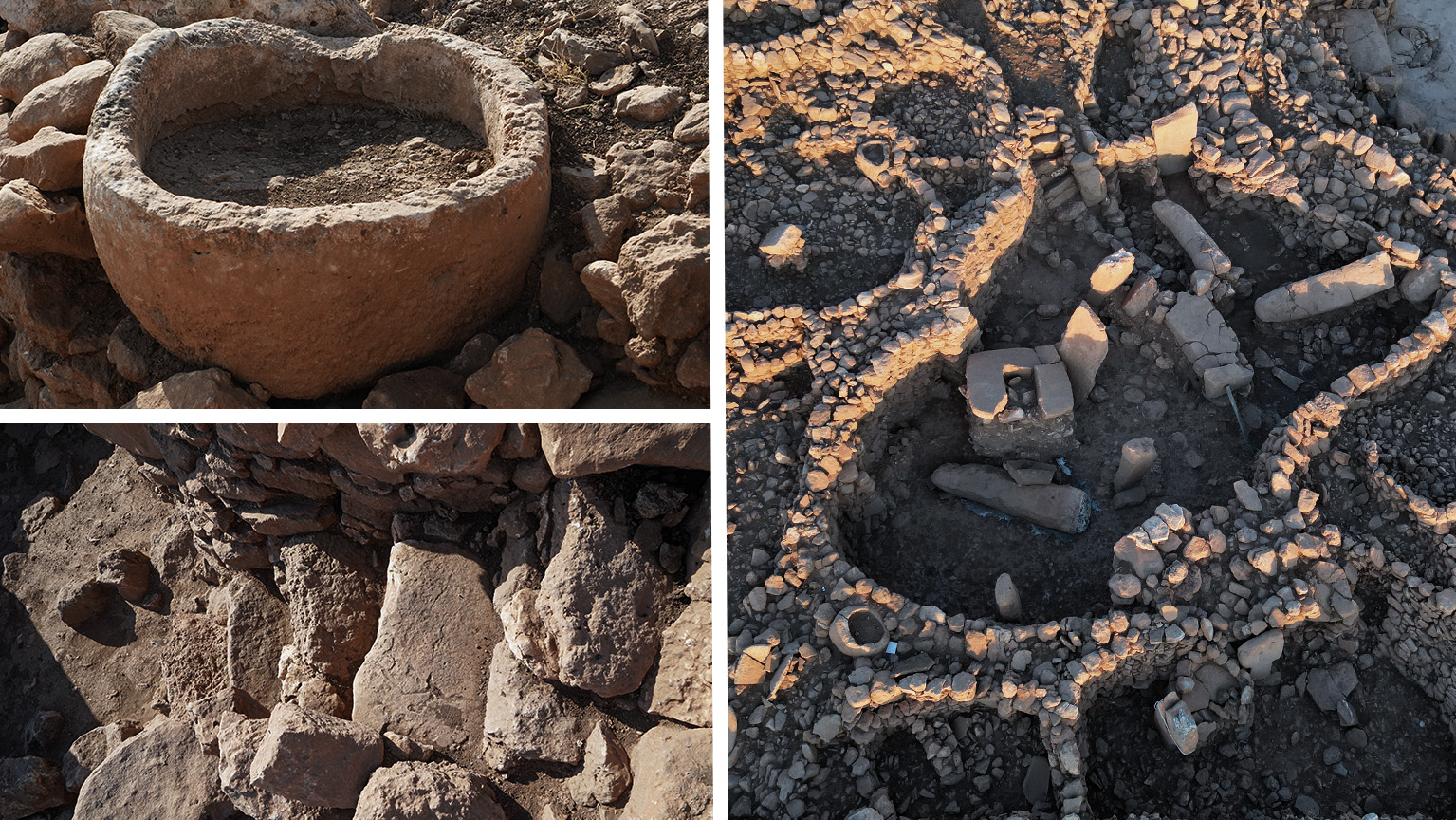
6. How is the burial of the structures at Karahantepe interpreted?
The construction process of these structures can be understood as the "birth" of the building, the renewal of the walls during its use as the "life cycle," and the filling and abandonment of the structure as its "death." This implies that the buildings were given an almost living identity, with a life cycle that involved being built, used, and finally buried. After buildings had completed their function, they were deliberately filled and "buried." Even after the structures were buried, the settlement was not entirely abandoned. New settlements were built nearby, allowing life to continue in the same region.
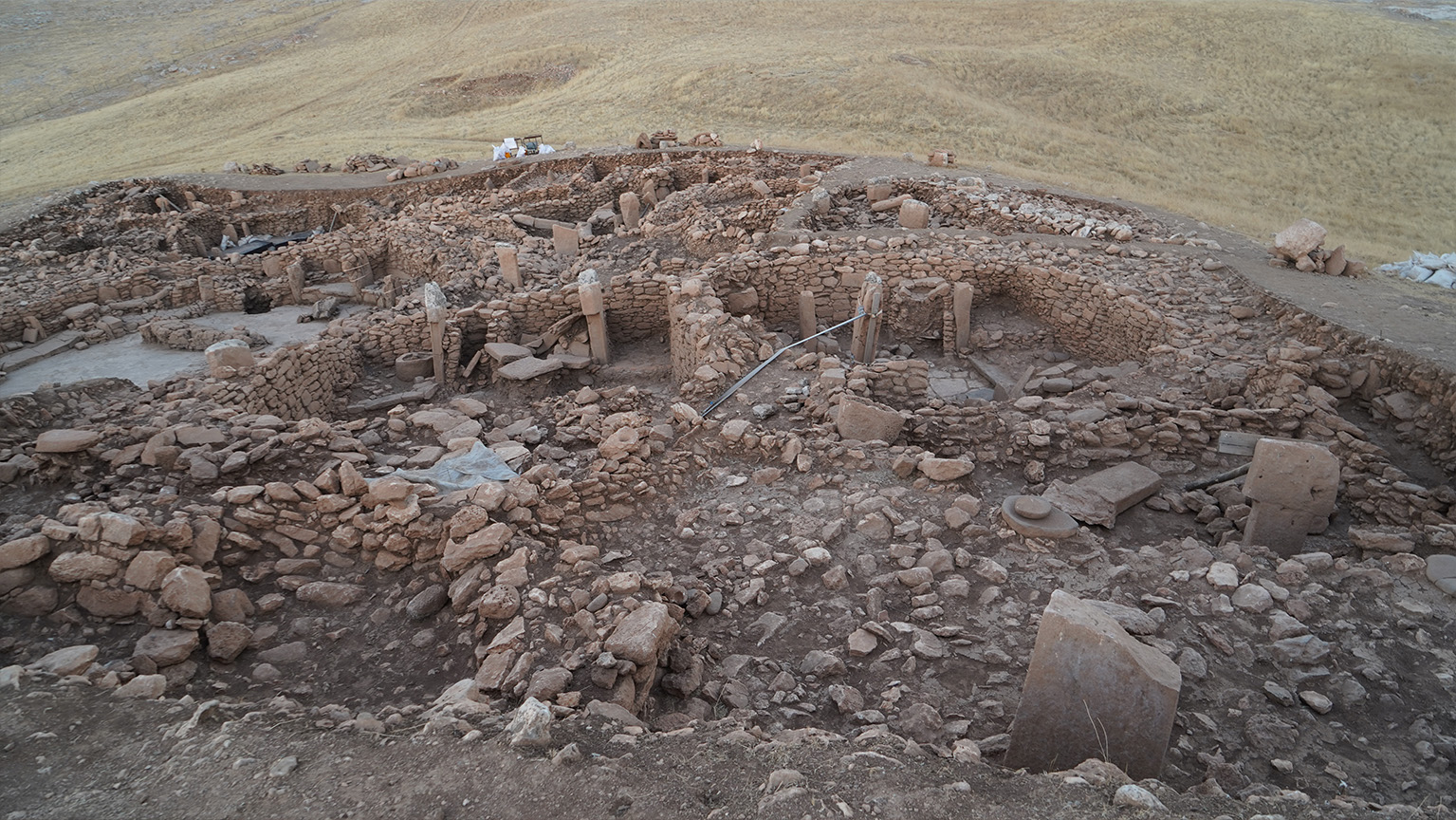
7. What can be found at Karahantepe that reflects the Neolithic art and symbolism?
The structures at Karahantepe reveal a deep connection with communal life. It is evident that the architecture was not only functional but also served as a means of symbolic expression.
The phallic-shaped pillars in the AB structure are believed to play a central role in both the architectural design and the ritualistic use of the building. Human head carved into the bedrock and the snake-like form that continues along the wall from the neck reveal the symbolic connection of the human head with the snake.
Human Figure Carrying a Leopard at Karahantepe is one of the most striking examples of composite statues that depict both humans and animals, and important for showcasing the artistic talents of the period. The statue presents symbolism far beyond that of a simple hunting scene. It highlights both the connection humans had with nature and the evolving mental and symbolic worlds that emerged with settled life.
Seated Human Statue and Red Vulture Statue are findings from Karahantepe that establish the Neolithic art.
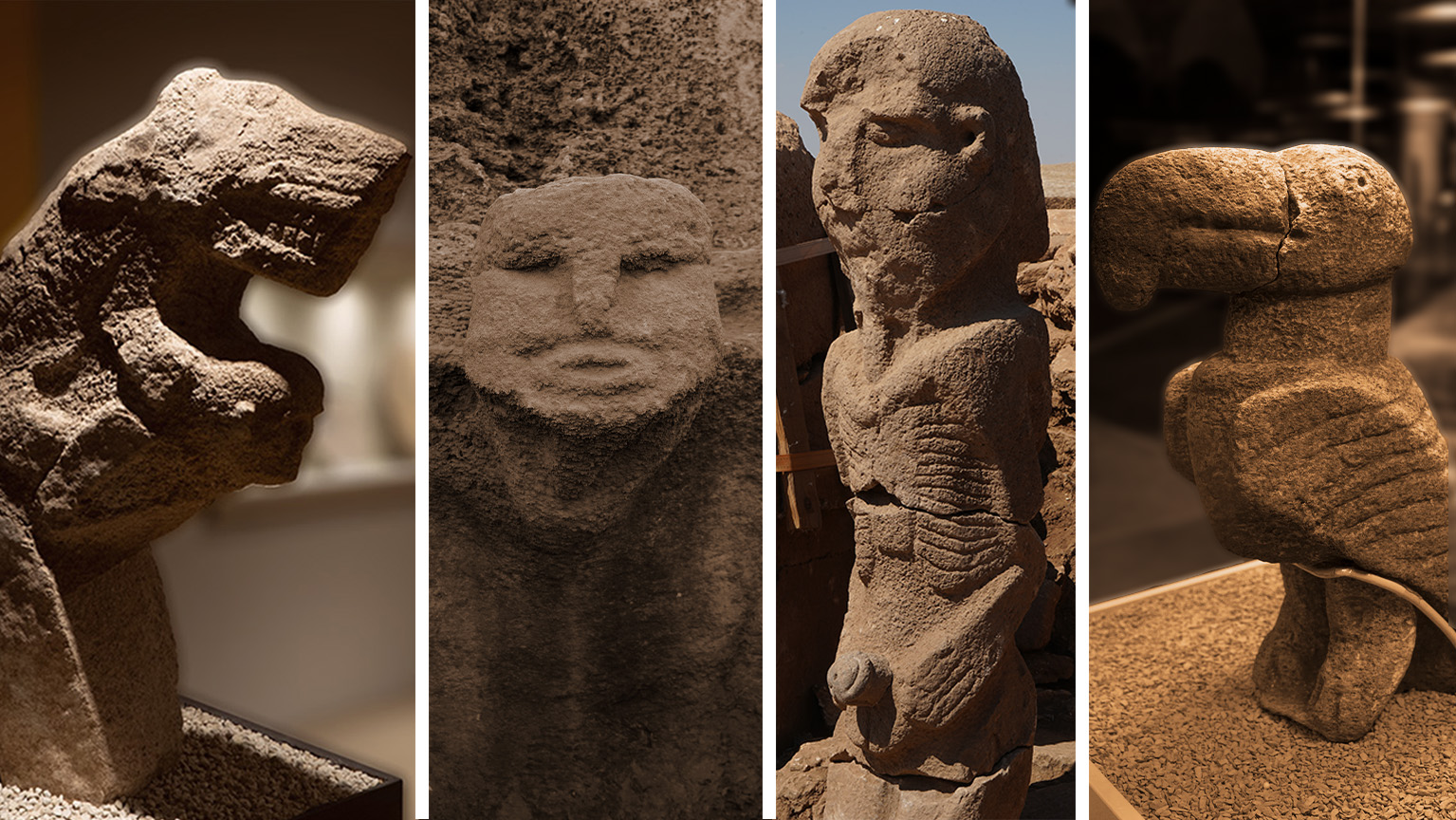
8. What can be observed about the development process of architectural form at Karahantepe?
A complex of circular communal buildings has been uncovered on the lower levels of the western terrace. Surrounding this central communal building complex to the east and south, numerous structures have been discovered, built using techniques and dimensions characteristic of dwellings. Adjacent to the circular buildings, structures with quadrangular plans from a later phase were also found. This allows us to observe the architectural evolution within the same terrace, showing a clear progression from circular to more advanced quadrangular plans as the Neolithic era developed.
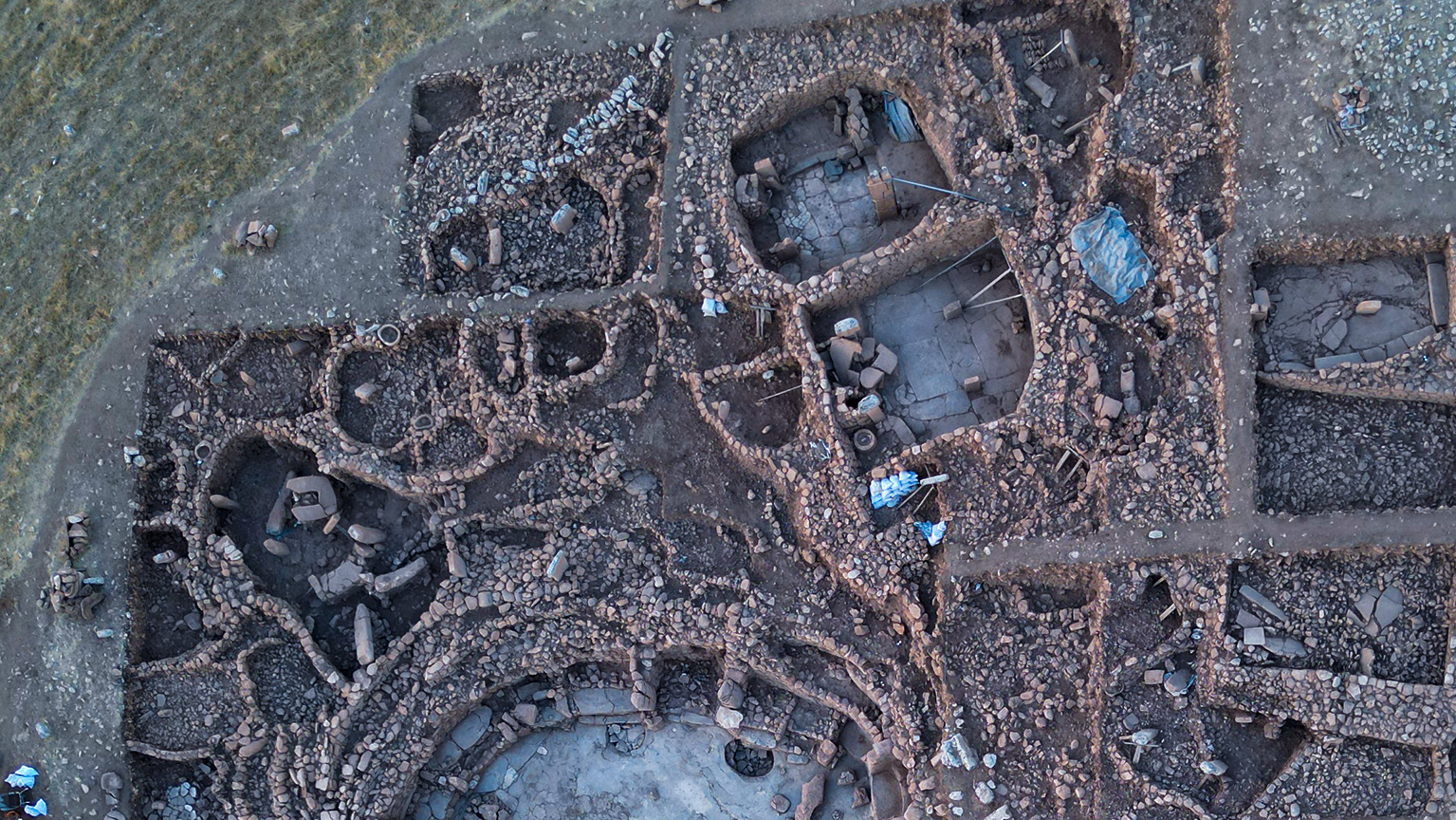
9. What is known about the construction techniques and architectural elements at Karahantepe?
The architectural developments of the Neolithic era are clearly observable at Karahantepe, where significant discoveries related to the architectural history of that time have been made. For instance, some structures exhibit supporting stonework techniques, such as buttresses, that were used to reinforce the construction. The pillars found in communal buildings serve both as structural supports and as significant symbolic elements. In certain buildings, large stone slabs with square openings at the center suggest that the buildings were accessed from the roof. Other structures feature stairways for access. These architectural details shed light on the important architectural transformations and construction techniques of the period.
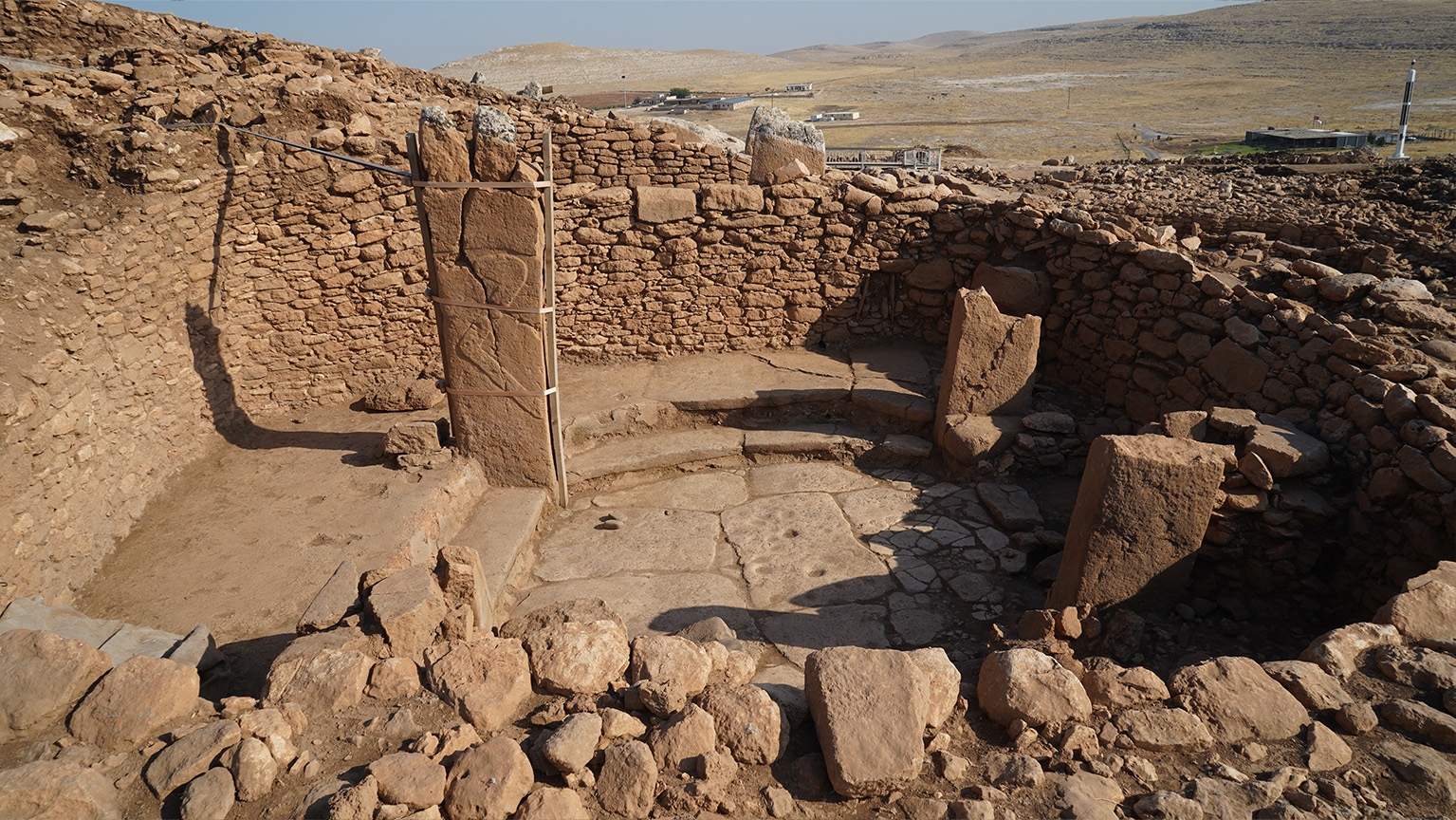
10. How can you get to Karahantepe?
Karahantepe is about 55 kilometers from Şanlıurfa city center. You can get to Karahantepe by private vehicle or taxi. Public transportation is not available yet. You can visit Karahantepe everyday between 08:30 and 17:30.
We also recommend you to visit the Şanlıurfa Archaeological Museum, where the Human Figure Carrying a Leopard, Red Vulture Statue and many other finds from Karahantepe are exhibited.
